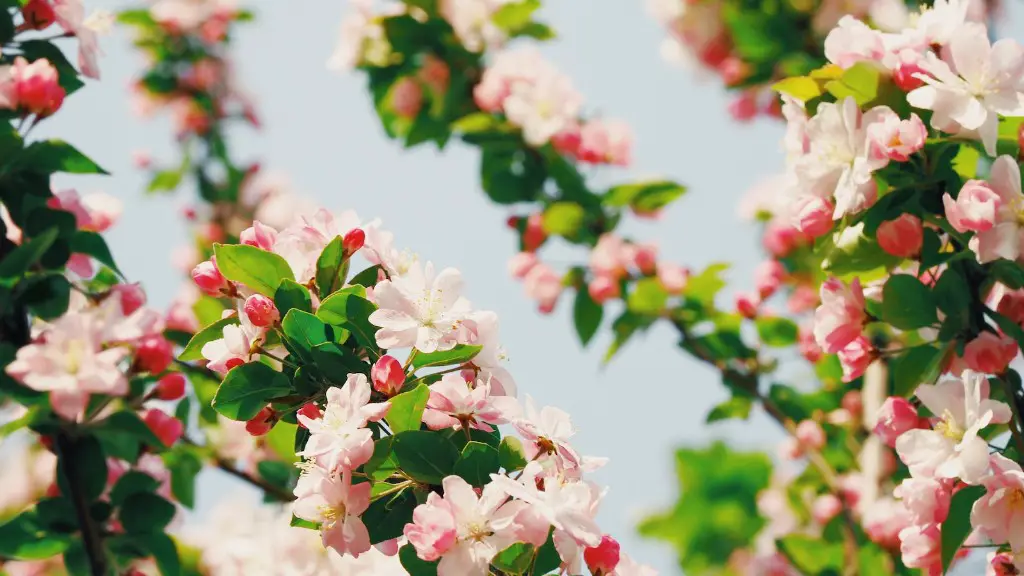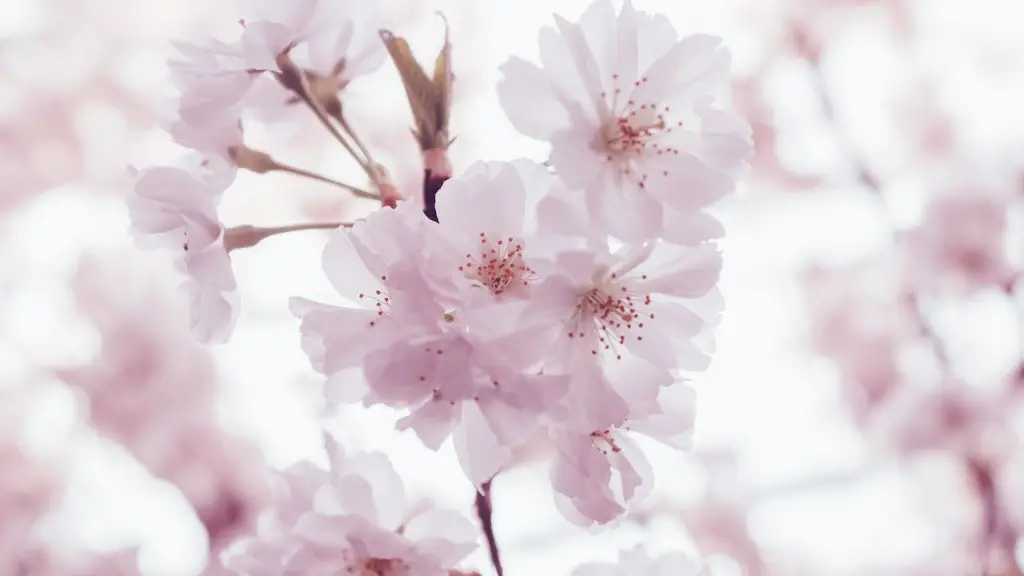Leaves curling on a lemon tree is a common problem that affects the health of the tree. It’s an indication of pests, disease, or even improper cultural practices. In order to ensure the long-term health of your lemon tree, it’s important to understand why leaves curl and take steps to prevent and/or reverse it.
The first and most common cause of leaves curling on lemon trees is environmental stress. When temperatures are too high, excessive sunlight, or too little water, the leaves will curl. It can also occur when the lawn is mowed too close to the base of the tree and compacted soil hinders the tree from taking up enough water. The effects of environmental stress can be remedied by providing enough water and a protected environment.
Insects, like aphids and mites, can also cause leaves to curl. They feed on the sap inside the leaves, and their activity can block the flow of sap, resulting in curled leaves. Treating the infestation with an insecticide or simply pruning the damaged branch can usually reverse the damage.
If neither environmental stress nor insects are to blame, the leaves may be curling due to a disease. Citrus psorosis virus, lemon scab, and other fungal diseases can cause distorted and curled leaves. If a disease is the cause, it is usually best to remove the affected branches and apply a fungicide or bactericide.
Finally, root damage can cause leaves to curl. In extreme cases, this could be a result of planting the tree too deeply. When the roots can’t take up enough water, the tree experiences dehydration and the leaves will curl. If this is the case, the tree can be pruned and roots aerated to help remedy the issue.
Prevention
The best way to prevent leaves curling on a lemon tree is by giving the tree the proper care and maintenance it needs to stay healthy and well nourished. This includes fertilizing the tree two to three times a year, providing adequate spacing between trees in the grove, and pruning away deadwood when needed. In the case of acute stress, like a sudden exposure to low temperatures, the tree can be protected with a protective plastic sheet to shield it from the elements.
Insect and disease prevention should be taken seriously as well. Clean up any fallen fruit, twigs, and leaves immediately. Utilizing a preventative chemical application for controlling pests and diseases can be beneficial. This should be done according to the manufacturer’s instructions as well as the appropriate intervals.
Protection from Temperature Extremes
In order to reduce the consequences of temperature-related stress, lemon trees should be planted in locations that are well-suited for citrus. This usually means planting the tree in full sun, in an area that protects it from strong winds and extremely hot temperatures. In severe cases, shade cloth or a frost blanket can be used to protect the tree.
As temperatures drop, the tree must be prepared for winter. This is done by removing dead leaves, pruning crossing branches and thinning out weak branches. Additionally, mulch can be added to insulate the soil and retain moisture.
When temperatures rise, water the tree more frequently, but do not overwater. When possible, provide some shade in the afternoon and make sure the soil does not dry out completely.
Watering
Ensuring your lemon tree receives adequate water is critical to its health. The tree should receive no less than 1 inch of water per week, but more during extreme temperatures. Allowing the surface of the soil to dry out between each watering can help keep the soil loose and prevent the roots from becoming waterlogged. Deep watering is recommended in order to deliver water to the tree’s deepest roots.
Watering can also be adjusted according to the season. During the summer, the tree may need to be watered more frequently. During the winter months, reduce the frequency and intensity of watering, since cooler temperatures rarely call for as much water.
Fertilizing
Fertilizing your lemon tree is essential to keeping it healthy. Citrus trees require nitrogen, phosphorus, and potassium for growth, health, and fruiting. Fertilizer applications should be made in spring and early summer, then again after harvest for late fall applications.
It’s important to use a fertilizer specifically designed for citrus trees. Too much nitrogen often results in more leaf growth than fruit growth and can also inhibit other essential minerals from being taken up by the plant. Additionally, fertilizers should be applied according to the manufacturer’s instructions and should be mixed into the soil surface or diluted and applied as a soil drench.
Sun Exposure
The amount of sunlight a lemon tree receives will affect how much it fruits, which is why it’s important to fully understand how much sun the tree receives throughout the day. A healthy lemon tree needs 6-8 hours of sun per day, with direct sunlight during the cool mornings.
Too little sunlight can result in a lack of flowering and a decrease in fruit production. On the other hand, too much sun increases the plant’s moisture loss and can stress the tree, resulting in leaves curling. If you notice leaves curling, try to provide some shade in the afternoon and keep the roots moist.
Pruning
A regular pruning routine is essential to maintain the tree’s shape and size and to prevent crowding and disease. Lemon trees should be pruned annually to remove dead branches and encourage new foliage growth. Pruning can also help to improve air circulation and reduce the risk of insect and disease problems.
It’s also important to prune your lemon tree while the tree is dormant. Prune the top and sides of the tree to shape it and to encourage new growth. Prune any branches that are diseased or damaged, as well as any branches that are growing inward or rubbing against each other. The pruned branches should be disposed of to prevent the spread of disease.
Conclusion
Leaves curling on a lemon tree can be indicative of environmental stress, pests, disease, or root damage. Some of the issues can be remedied, while others may require removal of the affected branches or even the entire tree. Taking preventive measures, like providing adequate water, sun exposure, and fertilization, can help to protect the tree from disease, pests, and environmental stress. Pruning is also a key component of a healthy lemon tree, as it helps to shape the tree, improve air circulation, and reduce the risk of disease. With proper care and maintenance, your lemon tree can thrive for years to come.

